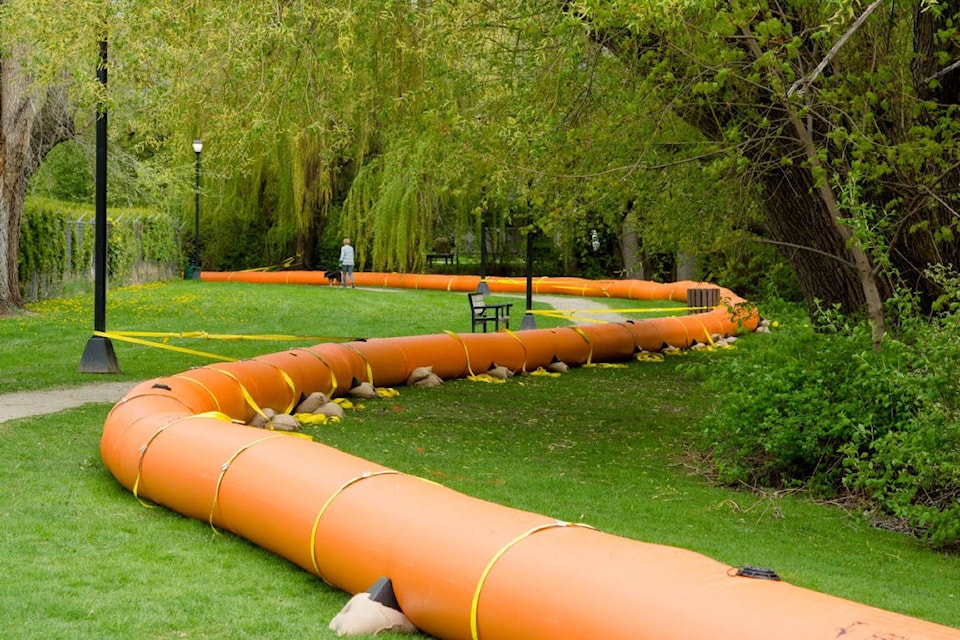Spring has sprung in the Central Okanagan and while the valley is greener, it also means local governments, industry experts and residents are keeping a close eye on conditions.
Knowing the snowpack is low, spring snowmelt is early and the weather has been favourable, however, industry and government experts say there is potential risk of high groundwater issues, including saturated soil and land slippages, according to the Central Okanagan Emergency Operations.
The drier conditions also raise concerns of an elevated wildfire risk as we head into the later spring and summer months. Some wildfires are already being reported and responded to in some parts of the province.
Regardless of the emergency – flooding, land slippages or wildfires – the Central Okanagan Emergency Operation Centre is ready to support field crews responding to any emergency that may occur in our region, according to the operation centre’s news release.
Significant mitigation work has also been done by local governments within the region to increase creek capacity, repair and protect public infrastructure and clean-up the foreshore to minimize flooding risk and impacts. Many fire fuel reduction projects have also been done over the years in parks and on public lands to lower the severity of fires.
READ MORE: Preparing for potential flooding in Central Okanagan
When creating an emergency plan, consider the following:
At least two ways to safely get out of your house and neighbourhood
Speak with your children’s daycare and schools about their evacuation plans and how you can meet up safely with your children
If you are caring for individuals with diverse abilities or special needs you may need extra assistance, equipment and time to help everyone evacuate safely
Include your pets or farm animals in your plan
Designate a safe area meeting place in case you get separated from your family
Practice the evacuation routes
An emergency kit should include non-perishable food and bottled water, a first aid kit, flashlight, whistle and extra clothing and blankets.
Some items include: extra prescriptions or medication, sanitizing wipes, mobile device chargers, cash in small bills and coins as bank systems may not be working and a battery-operated or hand-cranked radio to get news and updates since email and cell service may be down.
READ MORE: RDCO asks: Are you ready to Grab and Go?
READ MORE: Guide to help Okanagan Lake frontage property owners
edit@kelownacapnews.com
Like us on Facebook and follow us on Twitter.
